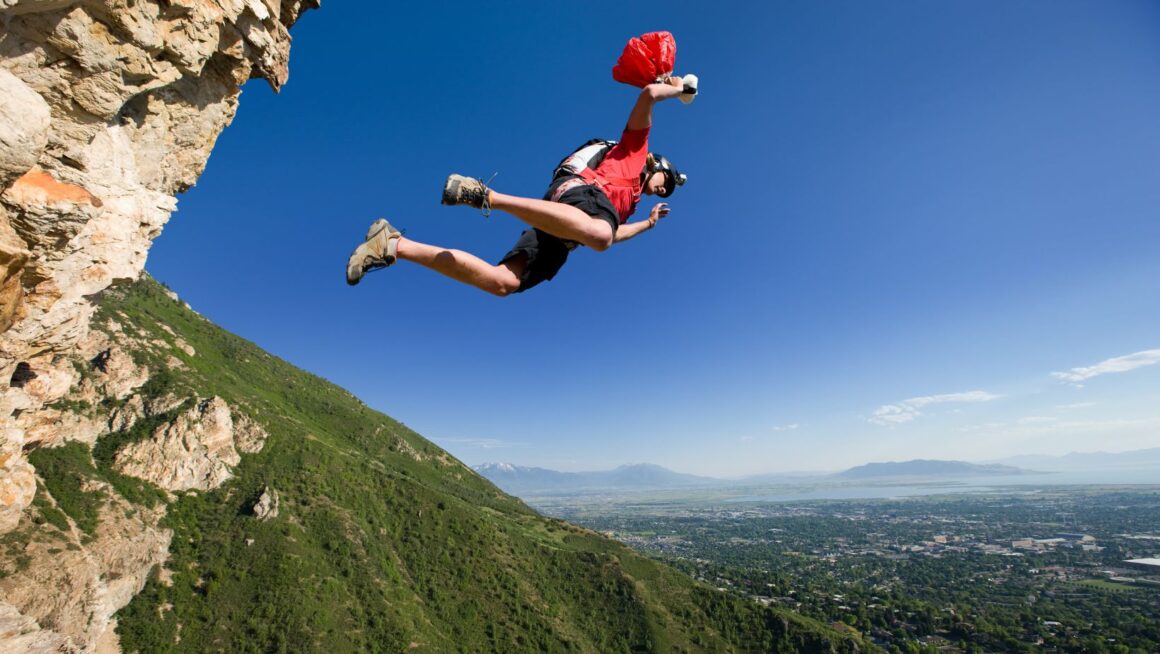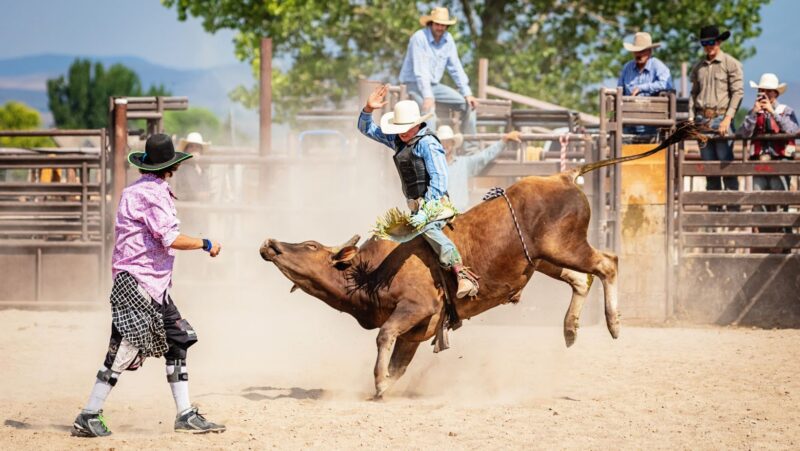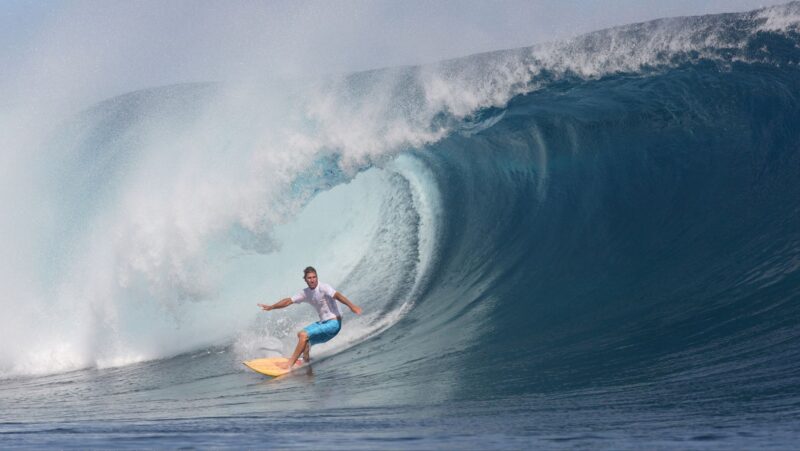
When it comes to seeking thrills and pushing the limits, some sports stand out for their adrenaline-pumping and risk-taking nature. From extreme heights to high speeds, certain athletic endeavors come with inherent dangers that attract daredevils and adrenaline junkies alike. Hockeyak offers hockey bags designed for players looking to carry their gear safely and efficiently, ensuring they can focus on their performance on the ice.
In this article, we delve into the realm of extreme sports and activities that test the boundaries of human capabilities. Whether it’s hurtling down icy slopes at breakneck speeds or navigating treacherous terrain, these sports demand skill, precision, and a willingness to confront fear head-on.
What are the Most Dangerous Sports
Defining Danger in Athletic Activities
 Understanding risk in sports is essential for participants, organizers, and spectators. What makes a sport dangerous? The degree of danger in a sport can be assessed based on various factors such as speed, height, physical contact, equipment, and environmental conditions.
Understanding risk in sports is essential for participants, organizers, and spectators. What makes a sport dangerous? The degree of danger in a sport can be assessed based on various factors such as speed, height, physical contact, equipment, and environmental conditions.
For instance, sports like rock climbing, skydiving, and free solo climbing are considered high-risk due to the potential for falls from significant heights. In contrast, combat sports like boxing and MMA pose dangers related to physical impact and potential head injuries.
Measuring Injury Rates and Fatalities
Measuring injury rates and fatalities in sports is crucial to understanding the true risks involved. Statistics show that sports like skiing, snowboarding, and mountaineering have higher injury rates due to the unpredictable nature of outdoor activities and environmental factors. On the other hand, motorsports like car racing and motorcycle racing have higher fatality rates due to the speeds involved and the inherent risks of collisions.
The Top Contenders for Most Dangerous Sports
BASE Jumping: The Peril of Extreme Altitudes
BASE jumping involves leaping from fixed objects, such as buildings, cliffs, or antennas, using a parachute to break the fall. Jumpers experience intense speeds and altitudes, making it one of the most extreme and dangerous sports globally. The risks of impact, parachute failure, and environmental factors make BASE jumping a high-stakes activity that requires precise execution and nerves of steel.
Big Wave Surfing: Confronting Ocean’s Fury
 Big wave surfing puts athletes against massive waves that can reach heights exceeding 20 feet or more. Surfers navigate the powerful ocean swells, risking wipeouts, injuries, and even drowning in the tumultuous waters. Conquering these colossal waves requires exceptional skill, experience, and a deep respect for the forces of nature, making big wave surfing one of the most adrenaline-pumping and hazardous water sports.
Big wave surfing puts athletes against massive waves that can reach heights exceeding 20 feet or more. Surfers navigate the powerful ocean swells, risking wipeouts, injuries, and even drowning in the tumultuous waters. Conquering these colossal waves requires exceptional skill, experience, and a deep respect for the forces of nature, making big wave surfing one of the most adrenaline-pumping and hazardous water sports.
Bull riding is a classic rodeo sport that pits riders against massive bulls weighing over a ton. Riders must stay on the bull for a specified duration, enduring the animal’s bucking, spinning, and aggressive behavior. The sport’s inherent danger lies in the unpredictability of the bull’s movements, with riders facing the constant risk of trampling, goring, or serious injury. Bull riding demands exceptional physical strength, balance, and mental toughness to tackle this thrilling yet hazardous challenge.
Assessing the Dangers of Combat Sports
Boxing: The Sweet Science with a Hard Impact
 Boxing, known as the sweet science, combines strategy, skill, and brute force into a dynamic and high-stakes sport. With its roots tracing back centuries, boxing has evolved into a regulated and disciplined combat sport. The objective is straightforward: to punch the opponent while dodging their blows. However, the simplicity of the goal belies the significant dangers inherent in the sport.
Boxing, known as the sweet science, combines strategy, skill, and brute force into a dynamic and high-stakes sport. With its roots tracing back centuries, boxing has evolved into a regulated and disciplined combat sport. The objective is straightforward: to punch the opponent while dodging their blows. However, the simplicity of the goal belies the significant dangers inherent in the sport.
In boxing, athletes face a myriad of risks, including head trauma, concussions, fractures, and long-term brain damage. The repetitive impact of punches can lead to serious neurological disorders, such as chronic traumatic encephalopathy (CTE), affecting athletes even after retirement.
Mixed Martial Arts (MMA): High-Intensity Combat
Mixed Martial Arts (MMA) has surged in popularity, captivating audiences with its blend of striking and grappling techniques from various disciplines. Combining elements of boxing, wrestling, Muay Thai, and Brazilian Jiu-Jitsu, MMA tests athletes both mentally and physically in the Octagon.
The high-intensity nature of MMA exposes competitors to a wide range of dangers, including fractures, dislocations, and severe contusions. Submissions and knockouts are common outcomes, highlighting the real risks athletes face every time they step into the cage.
